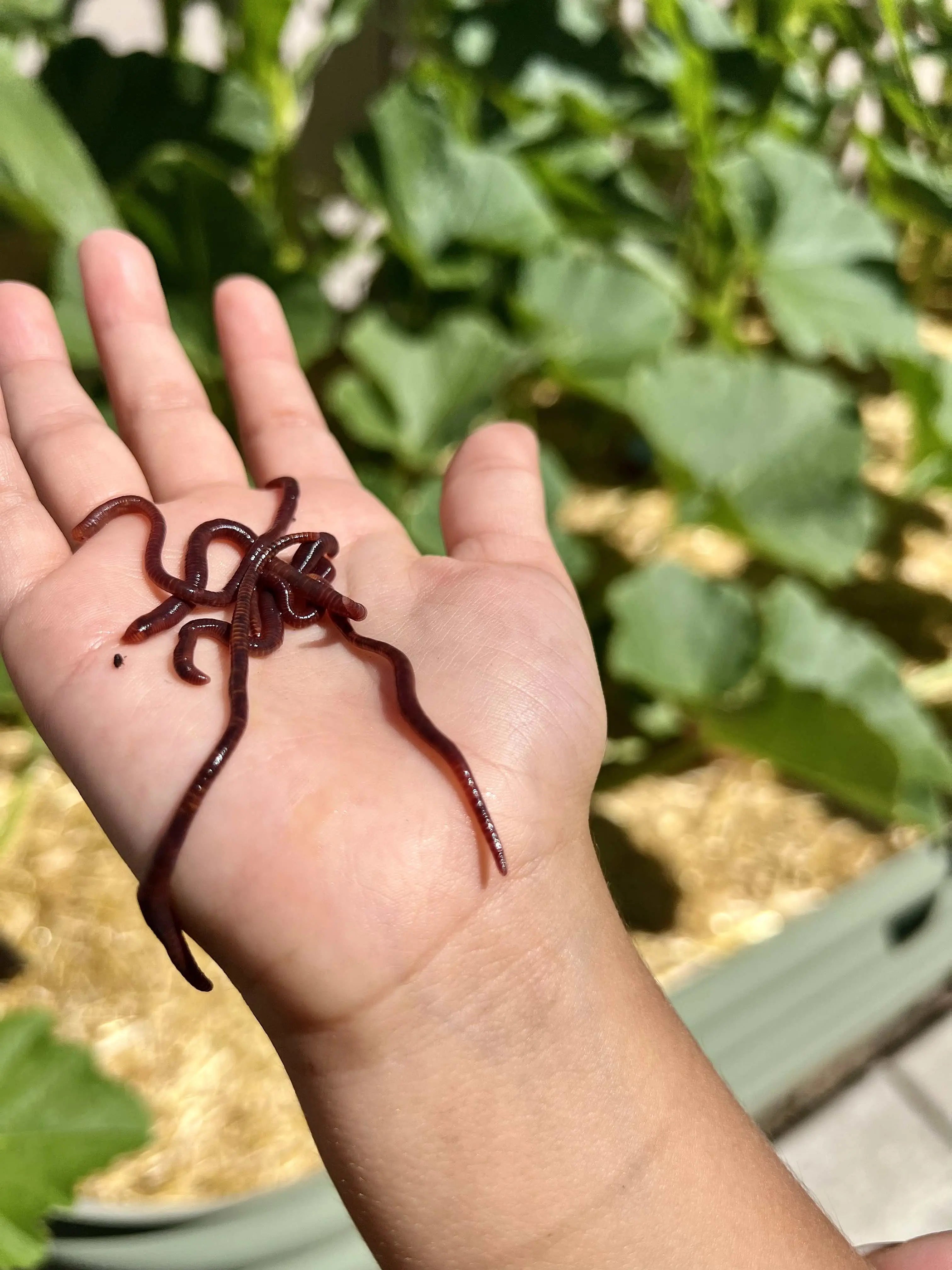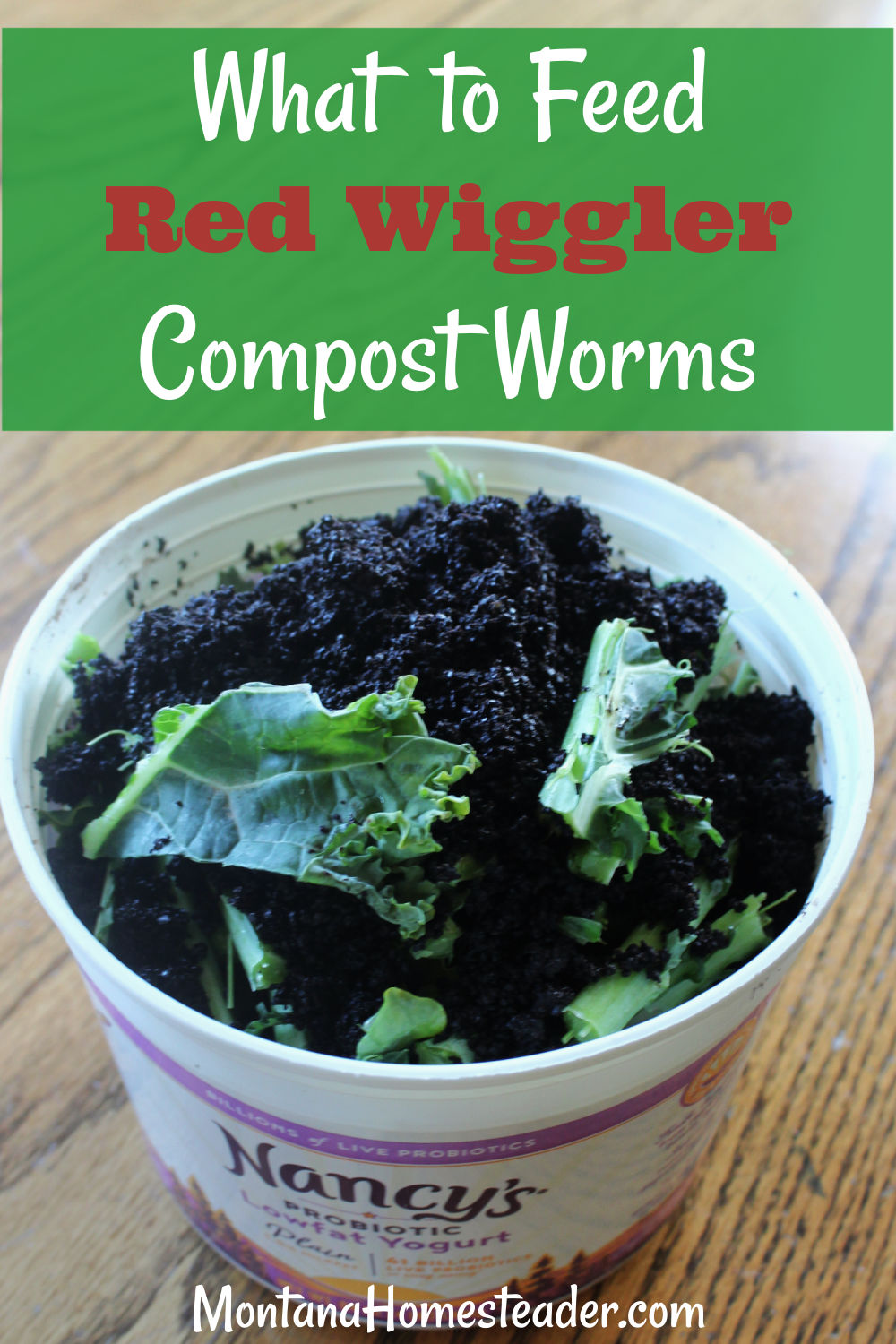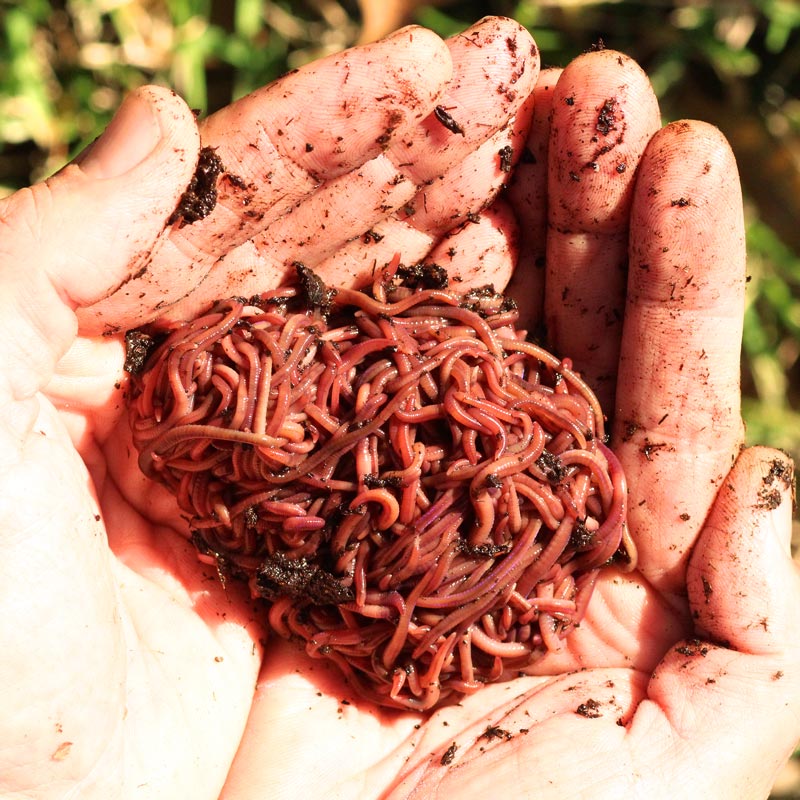Transform Your Lawn with the Expertise of Red Wiggler Express Lawn Care Specialists
Transform Your Lawn with the Expertise of Red Wiggler Express Lawn Care Specialists
Blog Article
Red Wigglers: The Unsung Heroes of Organic Waste Recycling
Red wigglers, or Eisenia fetida, serve as essential representatives in the organic waste reusing procedure, changing disposed of materials into valuable vermicompost. Their effective break down of natural issue not just improves dirt top quality however also contributes to sustainable waste management practices. As the world progressively looks for solutions to combat waste accumulation and improve farming performance, recognizing the duty of these worms comes to be important. What mechanisms allow them to thrive in garden compost settings, and exactly how can they be successfully used in both property and industrial settings? Exploring these inquiries discloses the wider ramifications of vermicomposting in our ecological landscape.
What Are Red Wigglers?
The amazing resilience of red wigglers, medically called Eisenia fetida, underscores their essential duty in organic waste recycling. These small, reddish-brown earthworms are typically located in disintegrating organic issue, such as compost heaps and manure stacks. Lake Hickory Bait. Unlike other earthworm species, red wigglers thrive in nutrient-rich environments and are extremely effective at damaging down natural products, making them vital for vermicomposting

(Red Wiggler Express)In enhancement to their function in waste decrease, red wigglers add to soil health and wellness by boosting dirt structure and aeration with their delving tasks (Lake Hickory Bait). Their presence in composting systems not only improves decay prices yet also promotes a sustainable method to lose monitoring, highlighting their importance in environmental conservation efforts
Advantages of Composting With Worms
Composting with worms, especially red wigglers, supplies countless benefits that boost both waste management and soil health. First, these worms effectively break down organic waste, converting it right into nutrient-rich vermicompost that improves dirt. This procedure speeds up decay, permitting a quicker recycling of kitchen area scraps and other organic materials contrasted to typical composting approaches.
In addition, the vermicompost generated by red wigglers is including useful microorganisms, which assist enhance dirt structure, aeration, and dampness retention. This enhances the general wellness of plants, advertising strenuous development and raised returns in gardens and agricultural setups. The use of worms in composting minimizes the manufacturing of greenhouse gases, such as methane, contributing to a more lasting waste administration system.

Just How to Start Vermicomposting
Establishing a vermicomposting system is an uncomplicated procedure that can produce substantial advantages for both waste administration and soil enrichment. To start, pick a suitable container, such as a you can try here plastic bin or wood box, with appropriate air flow openings to ensure proper air flow. The dimensions must preferably be about 2 feet by 3 feet, permitting enough room for the worms to thrive.
Next, prepare bedding product, which can include shredded paper, cardboard, or coconut coir. This bed linens should be moistened to create an ideal environment for the worms. As soon as the bed linens remains in location, present red wigglers (Eisenia fetida) into the bin, normally around one extra pound of worms for each square foot of surface location.
Following the placement of worms, include natural waste, such as vegetables and fruit scraps, coffee premises, and smashed eggshells. Prevent adding dairy products, meat, or oils, as these can create odors and bring in parasites. Place the container in a shaded, temperature-controlled area to maintain optimum problems for worm activity. With these steps, you will effectively launch a vermicomposting system that adds to sustainable waste management and improves your dirt.
Maintaining a Healthy And Balanced Worm Container
(Lake Hickory Bait)Maintaining a worm container prospering requires routine attention and like guarantee the wellness of the red wigglers and the effectiveness of the composting procedure. Appropriate upkeep begins with monitoring the wetness levels; the bin needs to perspire yet not soaked. An excellent guideline is to keep a consistency comparable to a wrung-out sponge.
Delicately blending the bedding and food scraps every few weeks protects against compaction and ensures that all worms have access to oxygen. Furthermore, it is vital to feed the worms appropriately.
If the container ends up being as well hot or cold, the worms might come to be stressed out. By carefully handling these elements, one can maintain a durable and effective worm container.
Influence On Sustainable Living
The effective upkeep of a worm bin not only profits the wellness of red wigglers however likewise contributes significantly to lasting living methods. By recycling natural waste, such as kitchen area scraps and lawn debris, red wigglers aid draw away considerable amounts of product from landfills. This decrease in waste not only reduces greenhouse gas discharges yet additionally decreases the ecological problem connected with waste management.
Furthermore, the spreadings produced by red wigglers act as a nutrient-rich organic plant food, boosting dirt health and promoting plant growth. This all-natural choice to chemical plant foods sustains lasting agriculture and gardening methods, lowering reliance on artificial inputs that can harm ecosystems. Furthermore, worm composting cultivates understanding of waste monitoring, urging people and communities to take on more lasting routines.

Verdict
In summary, red wigglers offer as crucial contributors to natural waste recycling with their efficient decay of organic materials. By incorporating vermicomposting into waste management techniques, individuals and areas can considerably lower waste while advertising environmental sustainability.
Report this page